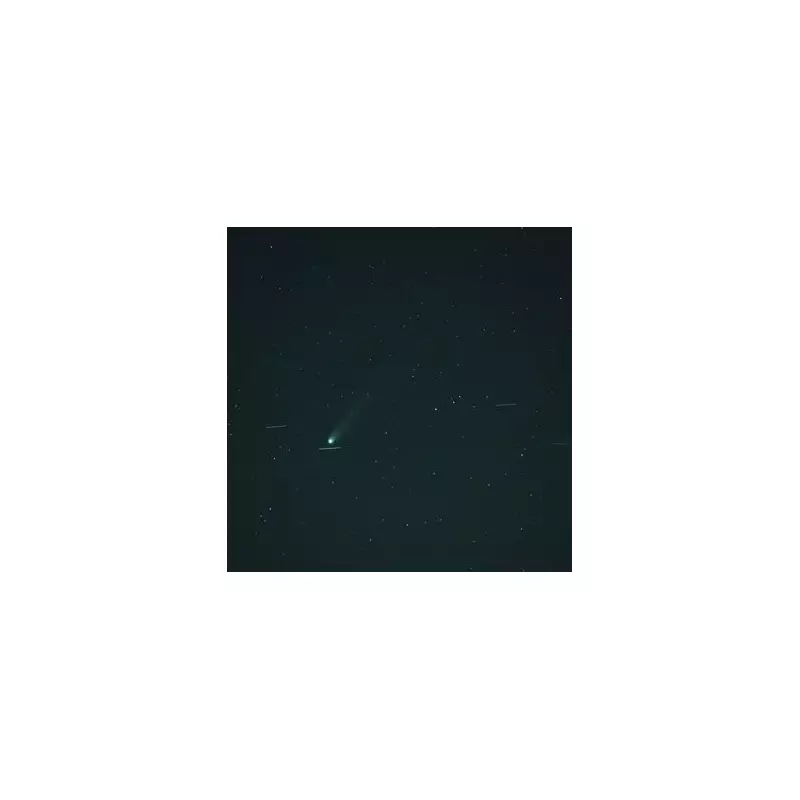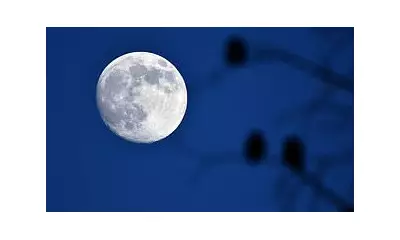
Skywatchers across the United Kingdom are in for an extraordinary treat tonight as one of the most spectacular celestial events of the decade graces our heavens. The magnificent green comet, officially known as 12P/Pons-Brooks but nicknamed the 'devil comet' for its unique horn-like appearance, is making its closest approach to Earth - and this will be your final opportunity to witness this cosmic wonder until the year 2095.
What Makes This Comet So Special?
This isn't just any ordinary comet sighting. 12P/Pons-Brooks has captured astronomers' attention worldwide with its brilliant green glow and distinctive shape that some describe as resembling devil horns. The comet's vibrant colour comes from diatomic carbon molecules in its coma that glow green when illuminated by sunlight in the vacuum of space.
Measuring approximately 10.5 miles wide, this cryovolcanic comet undergoes dramatic outbursts that eject ice and gas into space, creating those remarkable horn-like features that make it truly unforgettable.
When and Where to Look
For the best viewing experience, astronomers recommend looking westward shortly after sunset. The comet will be visible low on the horizon, making it crucial to find a location with minimal light pollution and an unobstructed view of the western sky.
Prime viewing window: Approximately 20-30 minutes after sunset until the comet sets below the horizon
Best dates: Tonight through early April, with peak visibility occurring now
Location in sky: Low in the west-northwest, passing between the constellations of Andromeda and Pisces
Viewing Tips for the Best Experience
- Escape city lights and find the darkest possible location
- Allow your eyes 20-30 minutes to adjust to the darkness
- While visible to the naked eye, binoculars or a small telescope will enhance the view significantly
- Check local weather forecasts and hope for clear skies
- Use astronomy apps to help locate the exact position
A Once-in-a-Lifetime Opportunity
What makes tonight's viewing particularly significant is the comet's orbital period. 12P/Pons-Brooks takes approximately 71 years to complete one journey around the Sun, meaning this will be your last chance to see it until 2095. Most of us won't get another opportunity in our lifetimes.
This celestial visitor has been gradually brightening as it approaches its closest point to the Sun on April 21st, but tonight offers some of the best viewing conditions before it becomes lost in the Sun's glare.
So wrap up warm, find a good vantage point, and look to the heavens tonight. You'll be witnessing a cosmic spectacle that won't return for seven decades - a truly historic moment for British stargazers and astronomy enthusiasts alike.





